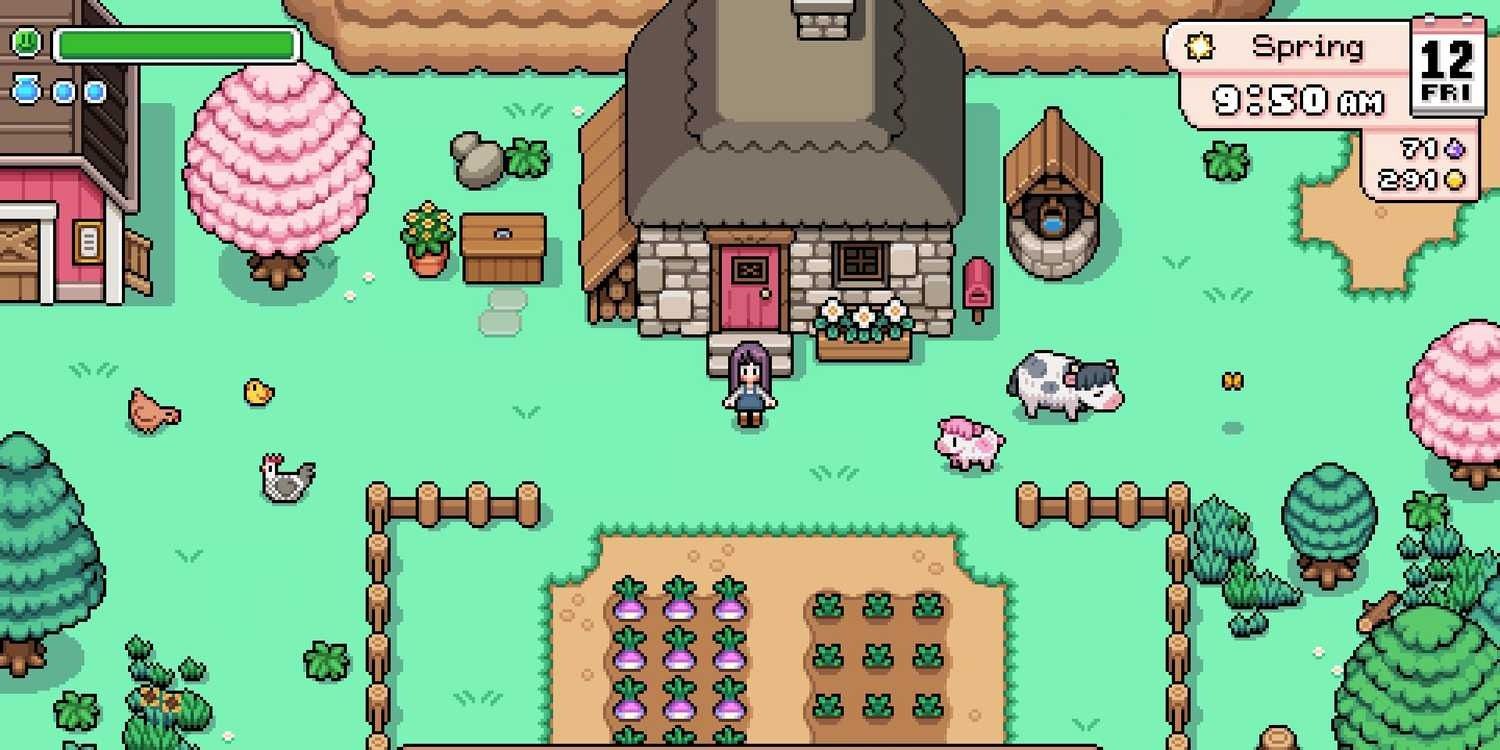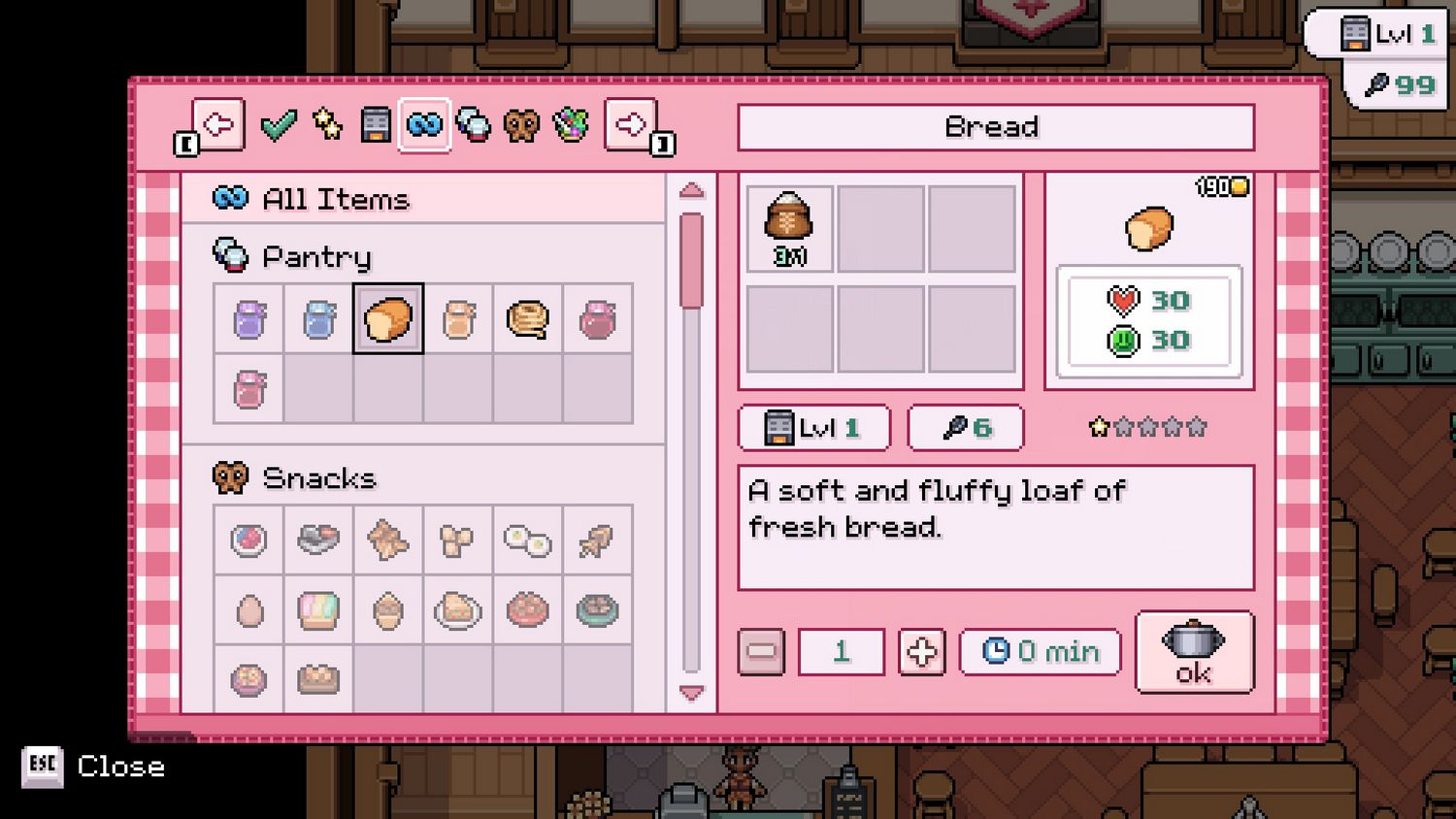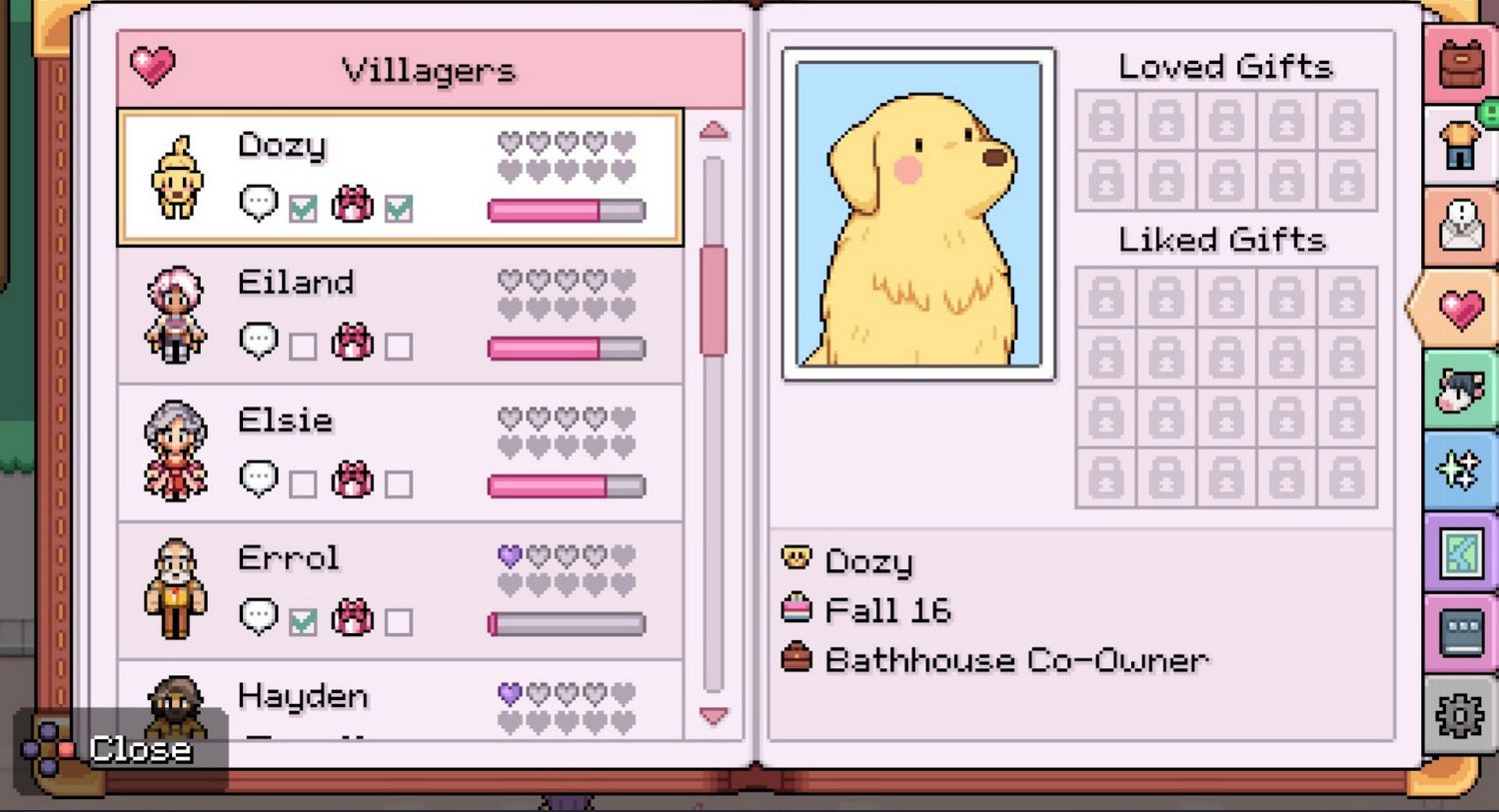More Than a Homage: How Fields of Mistria Finds Its Own Voice in the Farm-Sim Genre
Popular Now
 League of Legends
League of Legends
 Grand Theft Auto VI
Grand Theft Auto VI
 Geometry Dash
Geometry Dash
 Warframe
Warframe
 Fortnite
Fortnite
 God of War Ragnarök
God of War Ragnarök
 Call of Duty
Call of Duty
 Candy Crush Saga
Candy Crush Saga
 Gacha Club
Gacha Club
 Free Fire
Free Fire
 In the expansive and increasingly crowded field of farm-life simulation games—a genre undeniably dominated by the enduring legacy of Stardew Valley—a new title has emerged that manages to honor its inspiration while forging a distinct and charming identity. That game is Fields of Mistria, and it’s quickly proving to be more than just a clone; it’s a confident and colorful evolution of the formula.
In the expansive and increasingly crowded field of farm-life simulation games—a genre undeniably dominated by the enduring legacy of Stardew Valley—a new title has emerged that manages to honor its inspiration while forging a distinct and charming identity. That game is Fields of Mistria, and it’s quickly proving to be more than just a clone; it’s a confident and colorful evolution of the formula.
While the initial premise is familiar—a hero inherits a run-down farm and must restore it and the surrounding town—Mistria injects enough unique mechanics and narrative depth to stand proudly on its own two feet. It takes the core activities of farming, mining, and socializing and refines them with polished execution and a vibrant sense of style. The game successfully captures the cozy, rewarding loop fans crave, but enhances it with thoughtful quality-of-life improvements and a much-needed layer of modern fantasy.
The Mistria Difference: Key Features That Set It Apart
1. Deep, Engaging Magic and Combat System
Perhaps the most significant departure from the classic farm-sim formula is Mistria’s integration of a full-fledged magic system. Instead of simply swinging a sword in the mines, players can learn and cast a variety of spells with elemental effects. This adds a crucial layer of strategy to the combat and exploration within the game’s mysterious, monster-filled ruins. You aren’t just a farmer with a pickaxe; you are a budding mage who can wield the elements to survive and uncover secrets. This focus on magical combat elevates the dungeon crawling from a simple resource grind to a genuinely exciting part of the daily routine.
2. Revitalized Community and Relationship Building
The heart of any great farm-sim is its community, and Mistria’s ensemble of 30+ townsfolk—12 of whom are eligible bachelors and bachelorettes—feels exceptionally well-realized. The character writing is sharp, avoiding common tropes and giving each resident rich backstories and complex personalities. More importantly, the game’s relationship system feels more dynamic:
- Town Events and Festivals: These are integrated into the gameplay with significant impact, often requiring players to use specific farming or cooking skills to participate and win.
- Post-Marriage Life: The focus extends beyond the wedding. The game features deeper, more involved storylines after marriage, keeping your spouse relevant and active in the world, which addresses a common pain point in the genre.
 3. Farming and Quality-of-Life Improvements
3. Farming and Quality-of-Life Improvements
Mistria nails the fundamentals of farming but streamlines them to remove common frustrations. It introduces clever features that respect the player’s time, making the day-to-day grind less tedious:
- Automated Crop Management: While still hands-on, the game offers several late-game automation options that don’t feel like “cheats,” but rather rewarding progression steps.
- Seasonal Mutations and Crossbreeding: This adds a complex, engaging layer to farming, allowing players to discover new crops through experimentation. It’s an incentive to keep farming year-round, looking for the next big discovery.
- Flexible Energy System: The game is slightly more forgiving with its energy and time management, allowing for longer, more productive in-game days, which reduces the anxiety of trying to cram too many activities into 16 hours.
A Bright Future for the Genre
Fields of Mistria proves that the Stardew Valley template still has ample room for innovation. By injecting a vibrant, low-fantasy aesthetic, a deep magic system, and a focus on meaningful community interactions, the game successfully carves out its own niche. It’s an ideal choice for veterans of the genre looking for a fresh challenge and a beautiful new world to call home, as well as newcomers seeking a polished entry point.
Have you had a chance to visit the town of Mistria yet, and what features do you think farm-sim games need to truly stand out today?







